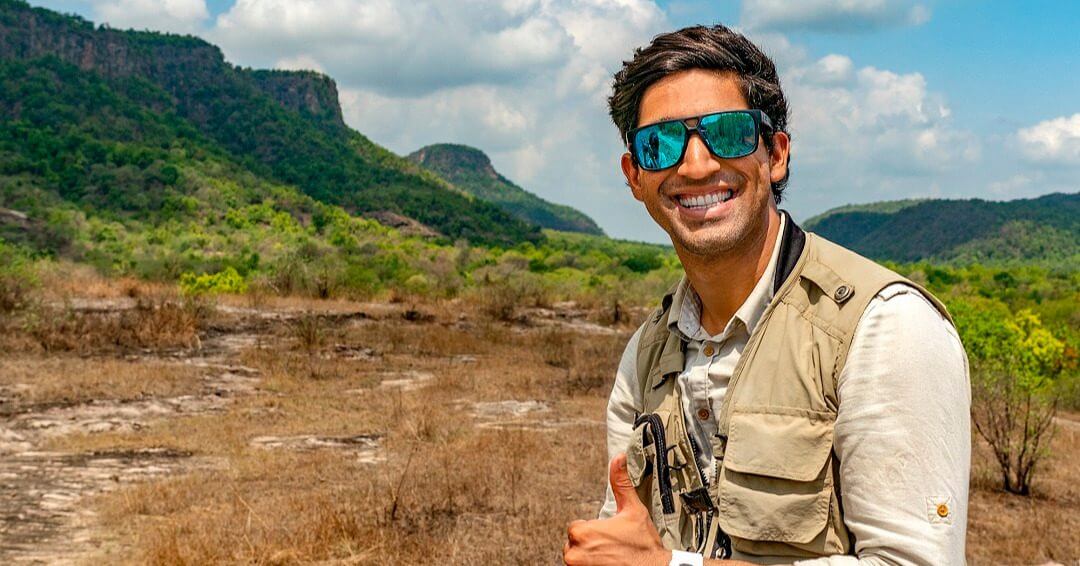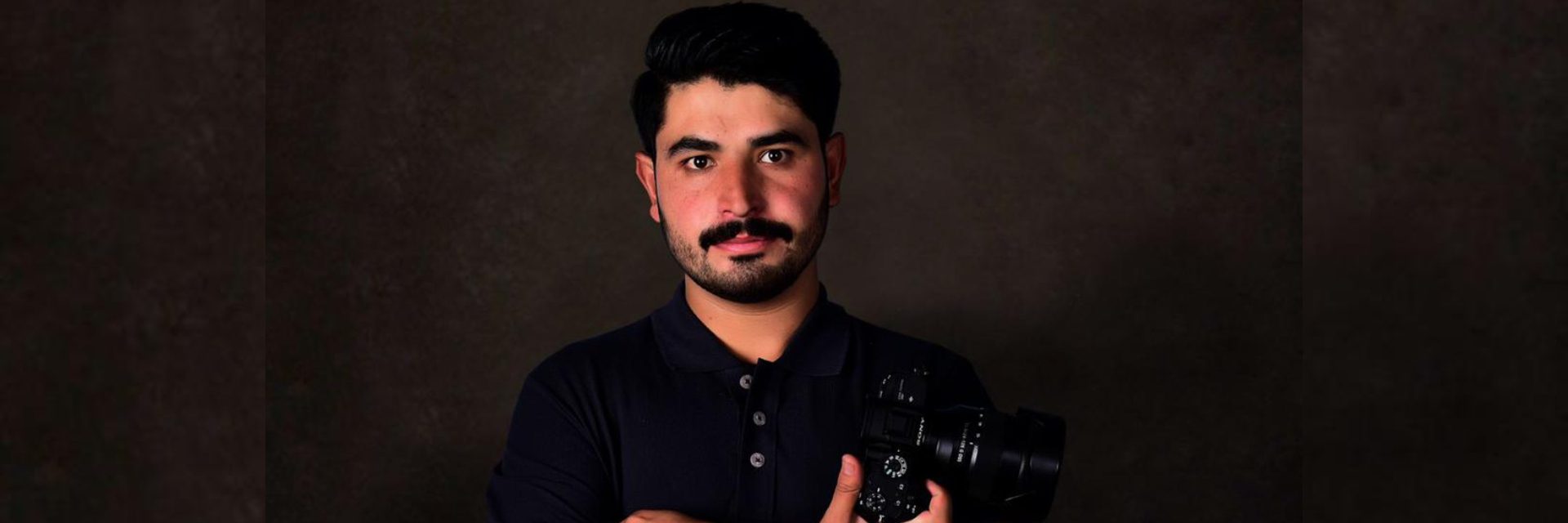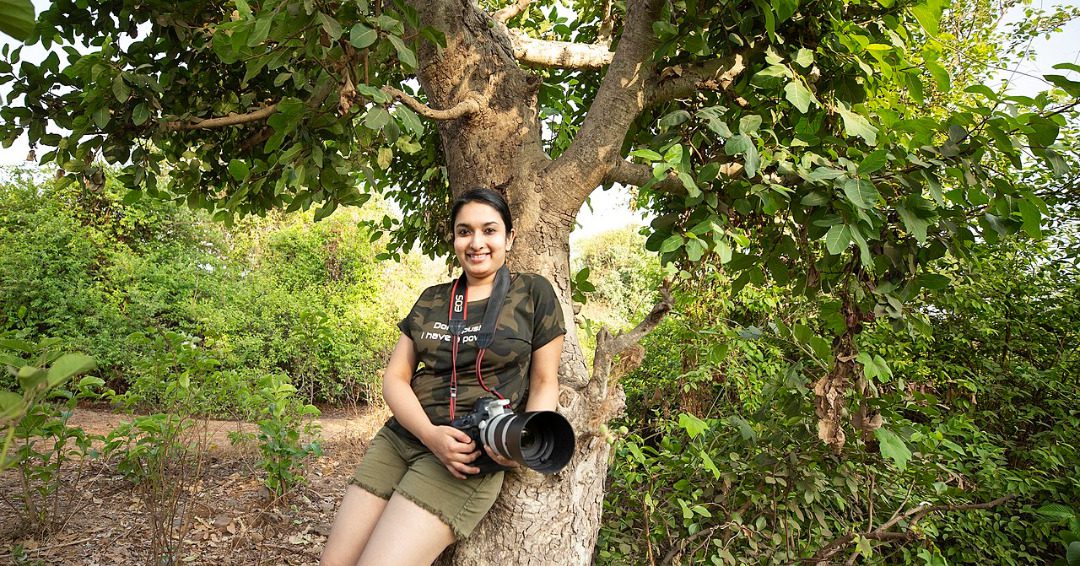(November 29, 2021) With her amber eyes watching her prey, Solo the tigress crouches amid tall brown grass, beautifully camouflaged. In a second, she pounces on a chital deer. Her teeth tear into its flesh, and she devours him. Solo is the big cat who stole the thunder on Safari with Suyash – Season 1, a wildlife series by environmentalist Suyash Keshari. Amidst the lush foliage, rolling hills and grasslands of Bandhavgarh National Park, Solo found her habitat where she first met Suyash eight years ago. A capture of the six-month-old earned Suyash the Nature’s Best Photography Asia Award, which incidentally hung at Smithsonian Natural History Museum in Washington DC for a year.
Solo played a huge part in Suyash’s journey into wildlife filmmaking as his debut five-part series managed to impress the World Wildlife Fund, which eventually became its distributor. “My first series was inspired by my early life in Central India, its people and animals. It was showcased at the 13th United Nations Convention on Migratory Species in February 2020,” Suyash tells Global Indian in an exclusive.

A picture of Solo clicked by Suyash Keshari
For the past three years, this champion of wildlife conservation has been navigating through unexplored territory of the park to capture the raw and unfiltered beauty of nature.
A childhood in the lap of nature
He grew up in Central India where his IAS officer dad was posted. Thus for the Madhya Pradesh-born, his love for wildlife began early. On his first visit to a zoo as a four-year-old, he learnt (from his maternal grandfather) that animals aren’t free like those he saw on wildlife shows. Instead, they are caged for life. “It broke my heart, and set me on a path to learn more about our wild animals and observe them in their habitat,” he recalls.
Instead of guffawing to Tom & Jerry as a five-year-old, Suyash would spend hours watching wildlife shows. Often, he would sprawl languidly in his backyard, spotting birds, climbing guava trees, or observing fish by a pond. “I always wanted to do something related to wildlife, film and photography, and document these sightings. Growing up, people from across the world would present on Indian wildlife. I wondered why an Indian could not do the same,” muses the environmentalist whose supportive family cheered him on.
Switching gears to political advocacy
Inspired by mavericks like Steve Irwin, Steve Backshall, and Nigel Marven, Keshari was ready to become a wildlife presenter like his childhood heroes. Yet, his enthusiasm was met with dissent by field experts in India. At age 17, a career in wildlife was considered a suicide mission with no guaranteed results or hefty paycheck. “They told me that it would take me at least 10 to 15 years to create a name. When this came from the people who I looked up to, I accepted it as the only truth. I gave up on my dream and moved to the US,” recalls Keshari.

Suyash Keshari with lions at Bandhavgarh National Park.
In America, he switched gears to political advocacy – a degree from Wake Forest University, and then a cushy job at Washington DC. Yet, something was amiss. He yearned for the woods, wildlife and nature. “My deep-seated love for wildlife, and the quest to fulfill my childhood dream led me in 2019 to quit my job and become a full-time wildlife presenter. It also brought me back to my homeland, India. There was no other place I could think of but my beloved, Bandhavgarh National Park (to start my journey as a wildlife presenter) – it had shaped my life and made me the person I am today,” beams the 25-year-old with pride.
Finding his true calling
For a child who picked up his dad’s camera to record wild stories, he was a natural. A self-taught photographer, his urge to tell stories was prime. “For me, it was always about capturing nature’s beauty and explaining the importance of conservation. Moreover, I would tell stories of the human-wildlife conflict, and make people aware of the beautiful natural heritage that our planet offers. I knew that in order to stand out, I had to be myself,” reveals Suyash, whose Instagram account has over 46k followers.
Suyash went viral on the OTT scene in 2019 with Safari with Suyash. Entirely self-funded, the series was picked up by WWF International for a web release, and it opened the doors to wildlife film making. “The idea was to create something people could emotionally connect with. It is vital for people to feel attached to wildlife, only then will they care,” says the wildlife presenter.
Happy to put the spotlight on wildlife conservation, forest community upliftment, and virtual safaris, his aim was to show something completely raw, authentic and unfiltered. Today, the Bandhavgarh National Park is his playground, and the wild animals, his muse.
With the help of a few friends, Suyash recently provided electricity through solar lamps to 175 anti-poaching camps at the national park that he funded from his virtual safaris. “More than 250 forest staff received shoes, raincoats, and bags. Another 200 staff received solar torches to help with night patrol and phone charging. It’s vital to take care of the people who take care of our natural heritage,” reveals the conservationist who was a former associate at Legislative Affairs and State Engagement at US-India Strategic Partnership Forum.
India’s first OTT wildlife platform
Since virtual safaris had never been done in India before, Suyash Keshari has carved a niche by creating India’s first virtual safari experience which comes at a cost of ₹5000. “Buy a membership, jump into the back of the jeep from the comfort of your home and indulge in a wild, raw and epic adventure,” coaxes the presenter who loves chasing sunsets.

A leopard at Bandhavgarh National Park
Suyash Keshari along with his small team often brave Madhya Pradesh’s scorching sun and torrential rain to capture footage that resonates. “The biggest challenge isn’t the endless wait in adverse conditions or tracking an animal. It is the willingness of the mind and heart to work harder to achieve the goals, but the body is just too tired to keep going. The challenge is to overcome the setbacks and keep going no matter what,” says Suyash who wants to expand virtual tours on Safari with Suyash.
“The idea, for now, is to expand the ‘Safari with Suyash- TV’ platform as much as possible along with our conservation merchandise line. The focus would lie on connecting people with nature, whether virtually or physically with safaris and tours. For me, there’s still a long way to go and a lot more to do and connecting more and more people to nature and wildlife on the way,” signs off Keshari.
Follow him on Instagram and Twitter
Also Read: From Ranthambore to the World: How Valmik Thapar changed tiger conservation




